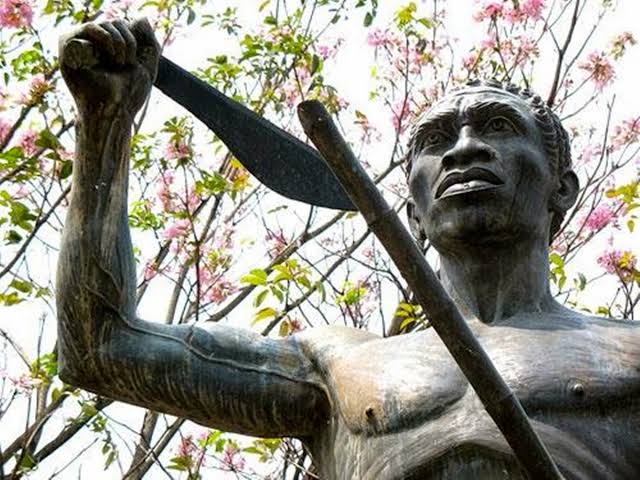Gasper Yanga, also known as Gaspar Yanga or Nyanga, is a historical figure whose legacy reverberates through the annals of Mexican history. A noble-born African, Yanga faced the brutality of slavery in the Americas but emerged as a leader and a symbol of resistance against oppression. His journey encompasses escape, the establishment of a maroon community, leadership, successful resistance against Spanish forces, negotiation for autonomy, and a lasting legacy celebrated in modern-day Mexico.
Background and Enslavement
Gasper Yanga’s early life was marked by nobility in West Africa. However, his destiny took a drastic turn when he was captured and enslaved, joining the harrowing journey known as the transatlantic slave trade. Transported to the Americas, Yanga found himself thrust into the harsh conditions of Mexican slavery, where his resilience and strength would soon come to the fore.

Escape and Formation of Maroon Community
In a bold act of defiance, Yanga managed to escape the clutches of slavery, finding refuge alongside a group of fellow Africans. Together, they sought freedom and autonomy, leading to the establishment of a maroon community in the highlands near Veracruz. Although the exact date of their escape remains uncertain, it is generally believed to have occurred in the late 16th century, marking the inception of a unique chapter in Mexican history.
Leadership and Autonomy
Yanga swiftly emerged as a natural leader among the maroons, providing guidance and organization to their newfound community. The settlement, known by various names such as San Lorenzo de los Negros, San Lorenzo de Cerralvo, or simply Yanga, became an autonomous enclave operating independently of Spanish colonial authorities. Yanga’s leadership was pivotal in fostering a sense of unity and resistance among the maroon population.

Also, read; Tems Offers Producer 1million To Stop Spinning Negative Narrative About Her
Resistance Against Spanish Forces
The existence of Yanga’s maroon community posed a direct challenge to the Spanish colonial authorities. In response, the Spanish launched efforts to suppress the autonomous settlement. However, Yanga and his followers demonstrated remarkable resilience, successfully resisting Spanish forces and defending their hard-fought autonomy. The confrontation between the maroons and the Spanish represented a pivotal struggle against the oppressive forces of colonial rule.

Negotiation and Recognition
Recognizing the formidable resistance of the maroon community, Spanish authorities faced the reality that complete subjugation was not a feasible outcome. In 1609, a pivotal moment in history unfolded as Spanish authorities entered into negotiations with Gasper Yanga. The resulting peace treaty acknowledged the autonomy of the maroon settlement, signifying a unique compromise that allowed the community to exist with a degree of self-governance.
Legacy
Gasper Yanga’s legacy reverberates through the corridors of Mexican history, particularly in the state of Veracruz. The maroon settlement, once known as San Lorenzo de los Negros, was renamed Yanga in honor of its resilient leader. Yanga’s story stands as a testament to the strength and determination of African communities in the Americas during a challenging period marked by oppression and adversity.
Statue and Recognition
In a poignant acknowledgment of Gasper Yanga’s historical significance, a statue was erected in 2020 in the state of Veracruz. This symbolic representation serves as a visible tribute to Yanga’s role as a leader of a maroon community and an enduring symbol of Afro-Mexican heritage. The statue stands as a testament to the enduring legacy of Yanga and the resilience of those who fought for freedom and autonomy.
Gasper Yanga’s journey from enslaved African to the leader of a free settlement encapsulates the indomitable spirit of those who dared to defy the shackles of slavery. His story remains a poignant reminder of the ongoing quest for justice, autonomy, and equality in a world shaped by the struggles of the past.

